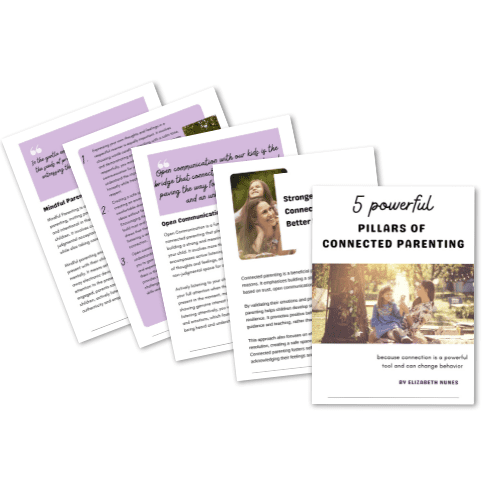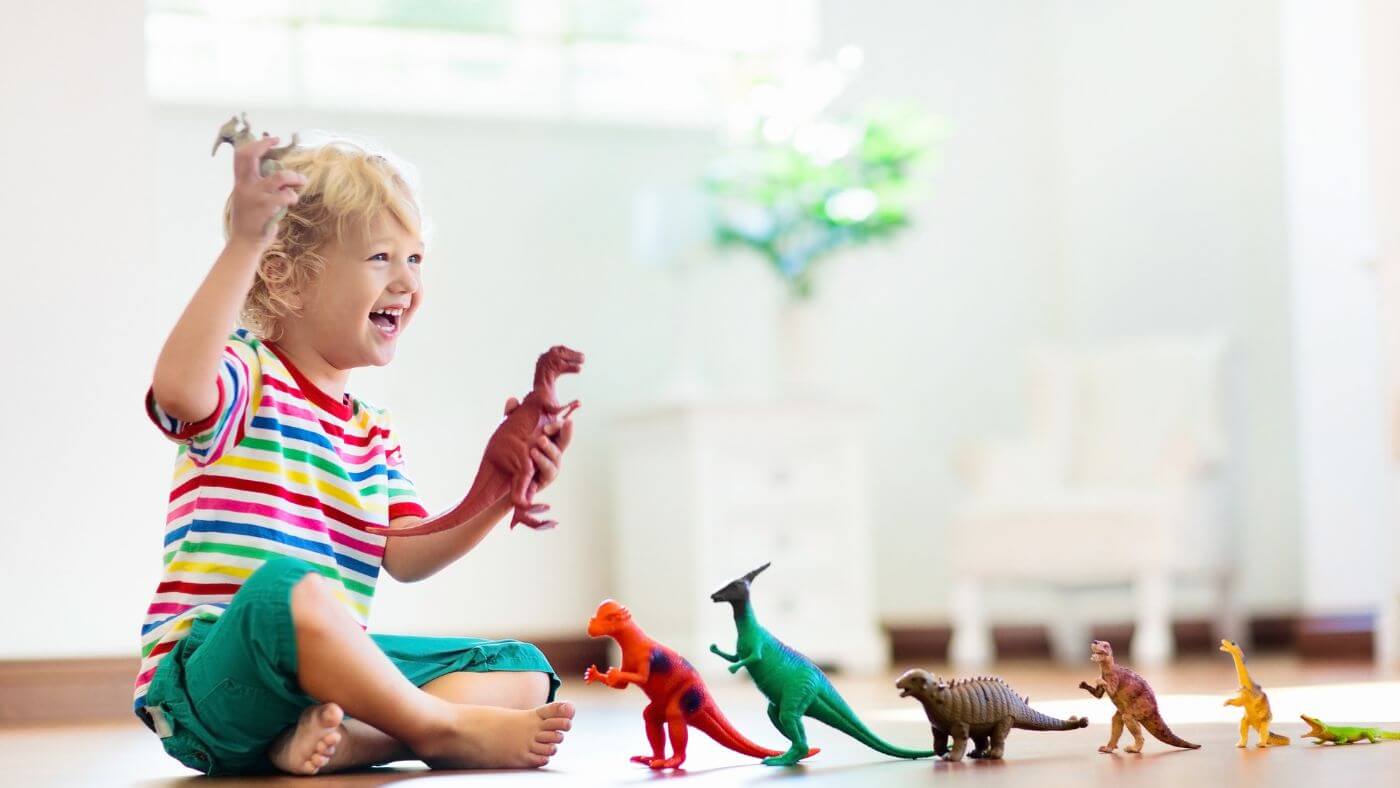60+ Ways to Help Your Child Clean Up Their Toys Without A Fight!
Are you tired of constantly tripping over your child’s toys or spending hours cleaning up after them?
Trust me, I’ve been there! It can be frustrating trying to teach your little one to clean up after themselves, but it’s an important life skill that will serve them well in the long run.
That’s why I’ve compiled a list of things you can do to help your child clean up their toys.
These tips are tried and tested, and I’m confident they’ll help make cleaning up a breeze for both you and your child. So, let’s get started!
This post may contain affiliate links. Full privacy policy and disclosure here.
60+ Tips For Getting Your Child To Clean Up Toys
- Start early: Teach your child to clean up from a young age.
- Be consistent: Make cleaning up a daily routine.
- Set a good example: Show your child that you clean up too.
- Make it a game: Turn cleaning up into a fun activity.
- Use a timer: Set a timer to make it a race against the clock.
- Create a routine: Establish a specific time for cleaning up.
- Offer choices: Let your child choose which toys to clean up first.
- Break it into smaller tasks: Divide the cleanup into manageable parts.
- Sing a cleanup song: Create a catchy song to make it more enjoyable.
- Offer praise: Compliment your child’s efforts.
- Use a sticker chart: Reward your child with stickers for each cleanup.
- Offer small rewards: Give a small treat or extra playtime as an incentive.
- Make it a challenge: See who can clean up the fastest.
- Make it a race: Time your child and encourage them to beat their record.
- Use a cleanup song: Sing a song while cleaning to make it fun.
- Use a cleanup dance: Dance around while cleaning.
- Offer a special cleanup tool: Give your child a special broom or dustpan.
- Declutter regularly: Less clutter makes cleanup easier.
- Rotate toys: Store some toys away and rotate them periodically.
- Set up specific storage bins: Label bins for different types of toys.
- Teach categorization: Teach your child to sort toys by type.
- Make cleanup part of playtime: Clean up a little before starting a new activity.
- Give clear instructions: Be specific about what needs to be cleaned up.
- Avoid overwhelming: Start with a few toys and add more as they get better.
- Use a reward system: Offer rewards for consistent cleanup.
- Offer choices: Let your child decide which toys to clean first.
- Create a cleanup routine: Establish a sequence of steps to follow.
- Play cleanup games: Turn cleaning into a game or competition.
- Be patient: Give your child time to learn and improve.
- Use positive reinforcement: Praise your child when they clean up.
- Don’t criticize: Avoid negative comments that may discourage them.
- Be consistent with consequences: Implement consequences if they refuse to clean up.
- Explain the importance: Talk to your child about why cleaning up is necessary.
- Use a checklist: Create a visual checklist to help them stay organized.
- Teach responsibility: Explain that cleaning up is their responsibility.
- Create a clean play area: Start with an organized and tidy play space.
- Get them involved in organizing: Let them help set up storage solutions.
- Show appreciation: Thank your child for their efforts.
- Play alongside them: Make cleaning a joint activity.
- Offer a helping hand: Assist them when needed.
- Make it a race against the clock: Challenge them to clean up before a timer goes off.
- Offer to play their favorite game after cleanup.
- Use positive language: Use phrases like “Let’s clean up together” instead of “You need to clean up.”
- Celebrate small victories: Acknowledge their progress.
- Create a reward chart: Track their cleanup efforts with stickers or marks.
- Share stories: Share stories about how other children enjoy cleaning up.
- Offer gentle reminders: Encourage them to clean up if they forget.
- Make cleanup part of their bedtime routine.
- Teach organization skills: Show them how to sort and arrange toys neatly.
- Use labels: Label storage containers to help them identify where toys belong.
- Make it a family effort: Clean up together as a family.
- Involve them in decorating storage bins.
- Use clear containers: Transparent bins make it easier to see what’s inside.
- Play the “cleaning fairy” game: Pretend to be a magical cleaning fairy.
- Set a timer for each task: Break cleanup into short, timed intervals.
- Make a cleanup checklist: Use pictures for younger children.
- Let them choose their cleaning supplies: Provide child-sized brooms, dustpans, and brushes.
- Create a “clean-up” playlist of their favorite songs.
- Avoid nagging: Remind them calmly and gently.
- Host a toy swap: Encourage them to donate toys they no longer play with.
- Make it a family challenge: Compete as a family to see who can clean up the quickest.
- Set clear expectations: Make sure your child knows what’s expected of them.
- Use a timer for breaks: Allow short breaks between cleanup tasks.
- Create a clean-up routine chart: Let them check off completed tasks.
- Provide positive feedback: Highlight their achievements.
- Make cleanup a special event: Occasionally have a “clean-up party.”
- Be patient and persistent: Consistency and patience are key in teaching good cleanup habits.

Get Your Free Download
More Like This
- Educational Toys For 9 Month Old
- How To End To Kids Fighting Over Toys
- Best Outdoor Toys For Kids
- 6 Surprising Reasons Toddlers Don’t Want To Play With Their Toys
References
- Effectiveness of Cleaning and Disinfection of Toys: A study found that washing and disinfection of toys in daycare nurseries every two weeks can decrease the microbial load but does not appear to reduce sickness absence among nursery children (Ibfelt, Engelund, Schultz, & Andersen, 2014). This suggests that while cleanliness of toys is important for hygiene, it might not directly influence children’s habit of cleaning up.
- Plastic Toys as a Source of Exposure to Harmful Chemicals: Another study focused on the leaching of bisphenol-A (BPA) and phthalates from plastic toys, highlighting the importance of not just cleaning but also choosing safer toys for children (Andaluri, Manickavachagam, & Suri, 2018). Parents might be more motivated to enforce cleanup routines if aware of the potential chemical risks associated with toys.
- Hygiene of Toys in Day Care Centers: A descriptive study investigated how toys are sanitized in day care centers and found that there is no standard procedure across different nurseries, with water and soap being the most common method (Simão, Prata, Zornoff, & Corrêa, 2017). This variability underscores the need for clear guidelines and practices for parents and childcare providers on the best methods to clean toys.

